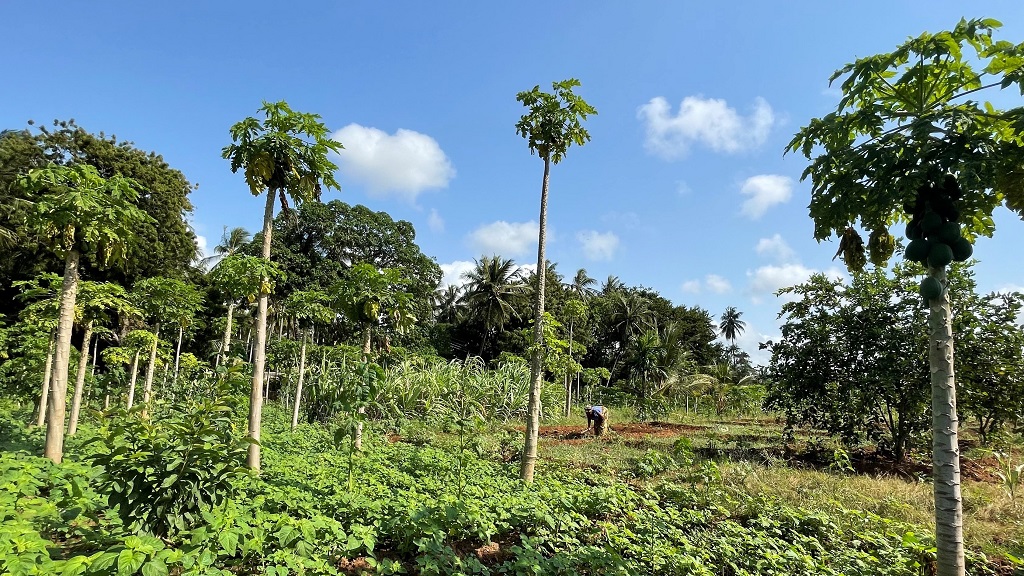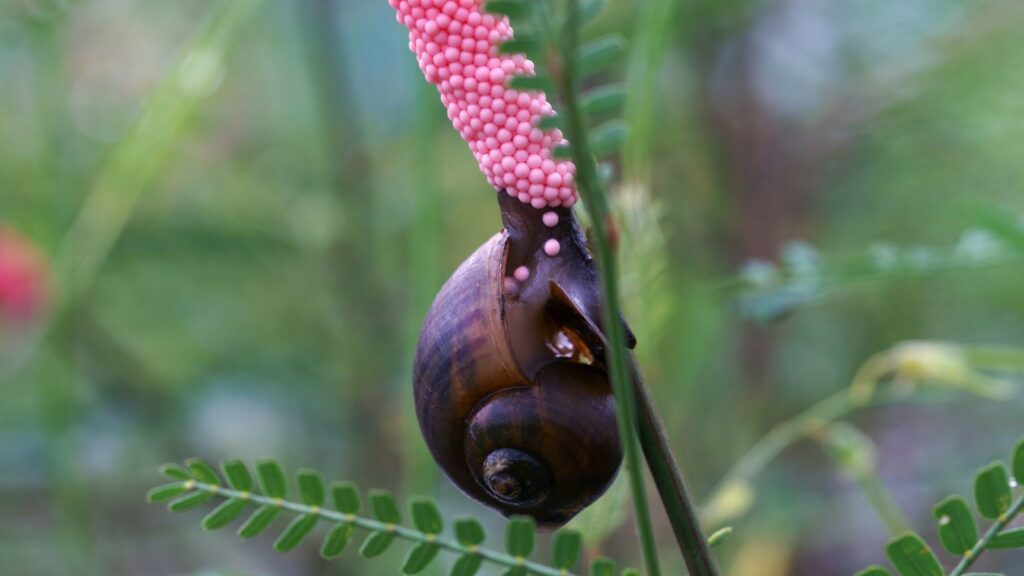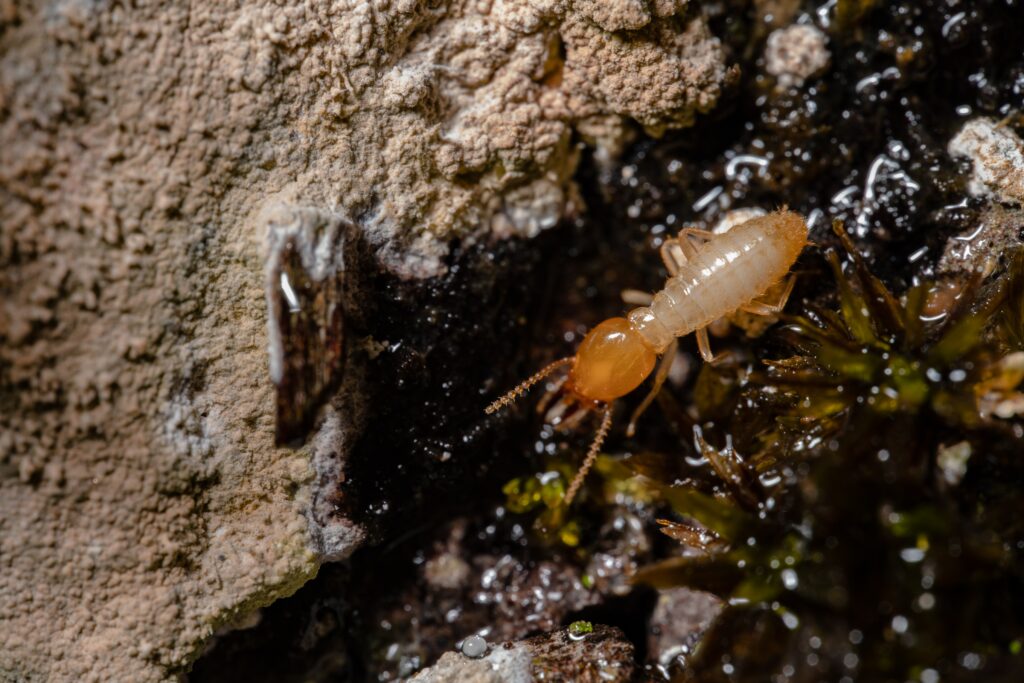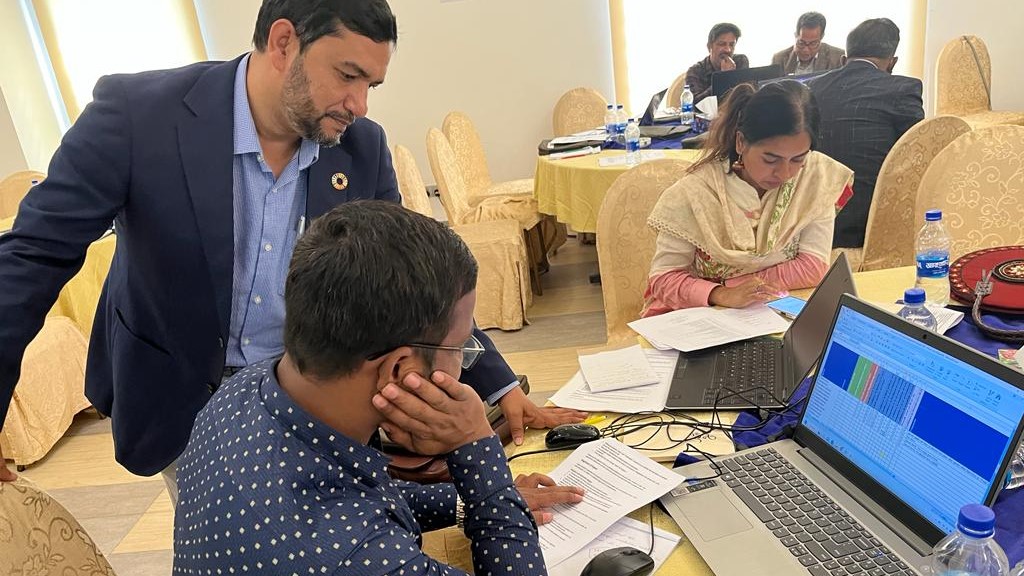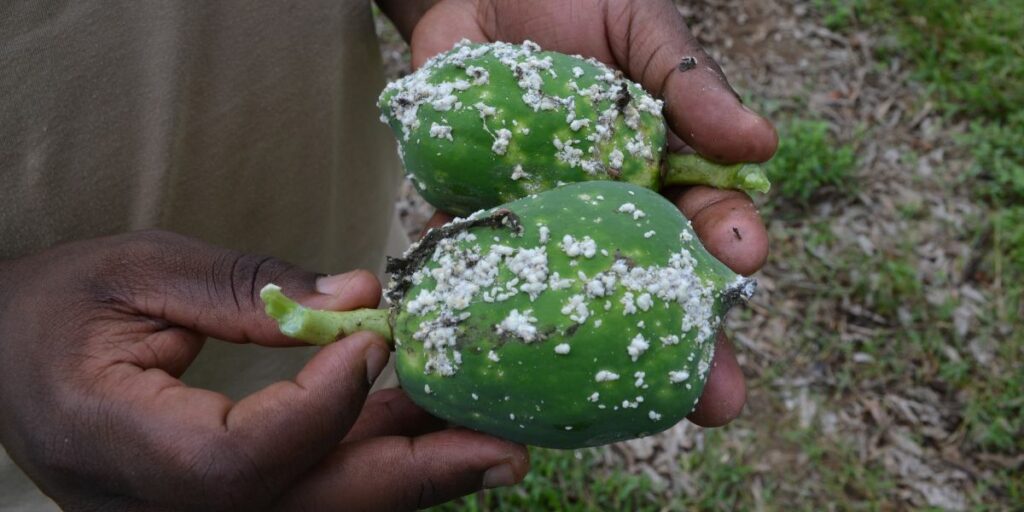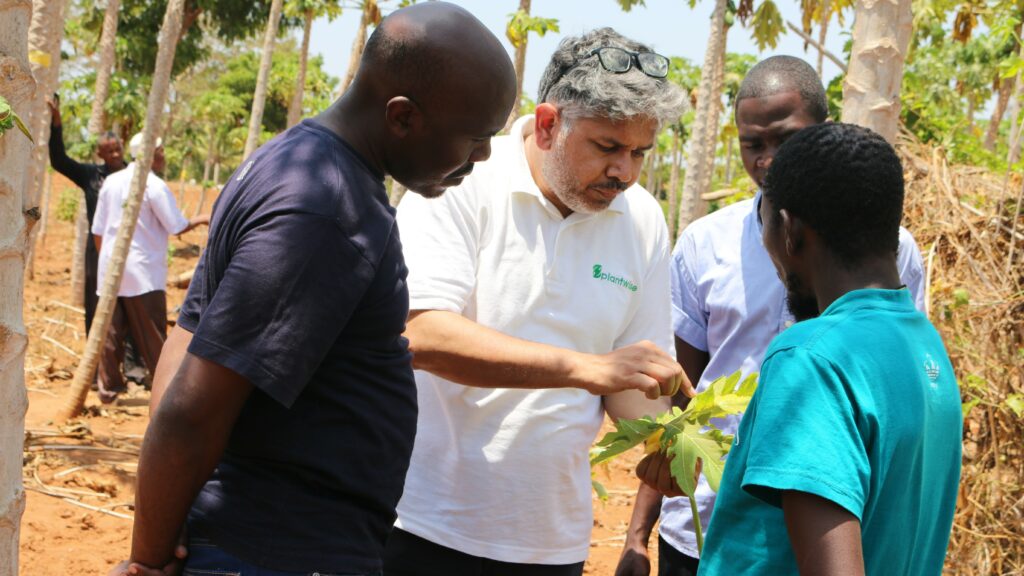Controlling the papaya mealybug pest – progress made in coastal Kenya
An initiative to combat the destructive papaya mealybug in Kenya is reaping rewards. A natural predator – a parasitic wasp – has been introduced to coastal counties to help control the pest. This tiny wasp is helping to prevent the damage caused by the mealybug. It’s not only helping to save papaya farms. It’s safeguarding…
How has a ‘writeshop’ helped to address invasive apple snail in Kenya?
Invasive species, like apple snail, are a threat to food security. It’s important that they’re quickly managed before they start to spread. One of the best ways to do this is to share plant health knowledge with smallholder farmers. And writeshops are an excellent tool for gathering evidence-based information to do this. In this blog,…
The Formosan subterranean termite: a destructive force
Termites, numbering over 3,100 species worldwide, are infamous for their ability to wreak havoc on building structures and vegetation. The Coptotermes genus particularly stands out, containing the most termite pests, with 28 pest species. However, one species, in particular, has gained prominence as the most widespread and economically significant of them all. The Formosan subterranean…
Horizon scanning and pest risk analysis of prioritized pests in Bangladesh
PlantwisePlus recently led a workshop in Bangladesh focused on building capacity on the prioritization of invasive alien threats and pest risk analysis using CABI decision support tools. PlantwisePlus facilitated a two 2-day each training workshops in Bangladesh on horizon scanning and pest risk analysis (PRA) respectively. A number of CABI staff travelled to Dhaka to…
CABI helps Kenyan farmers combat invasive apple snail
In 2019, Kenyan farmers first started reporting instances of the invasive apple snail (Pomacea canaliculata) infesting rice paddy nurseries. Thanks to speedy action by the Kenya Plant Health Inspectorate Service (KEPHIS) and the Ministry of Agriculture, intervention actions were rolled out across the country. Importantly, these interventions spread awareness of the new invasive pest and…
The continuing struggle for onion farmers in the Philippines
Since mid-2022, the price of the humble red onion has been increasing in the Philippines. In December of last year, the price surged to around 700 pesos ($12.80; £10.40) per kilogram. Making onions more expensive than the equivalent amount of beef for Filipinos. A staple of Philippine cooking, the country consumes approximately 17,000 metric tons…
PlantwisePlus most read blogs of 2022
As 2022 draws to a close, we have crunched the numbers to present the most-read articles on the PlantwisePlus Blog this year. Plus a few firm favourites. Articles on the PlantwisePlus tools and plant doctor training across the globe were some of the most read during 2022, as were those covering the work Plantwise continues…
Could biocontrol solve the papaya mealybug problem for Ugandan farmers?
Papaya mealybug, Paraccous margniatus, is native to Central America but has spread rapidly in invaded countries. It was detected in Uganda in 2021 where it has the potential to affect the production and quality of papaya and other host crops.
Mass rearing training strengthens papaya mealybug biocontrol programme in Kenya
PlantwisePlus has been working in collaboration with partners in Kenya to implement a classical biological control strategy to manage papaya mealybug (Paracoccus marginatus). The invasive pest has been devastating papaya crops in Kenya. A CABI study in 2019 found it caused an estimated 57% yield losses across five counties.

